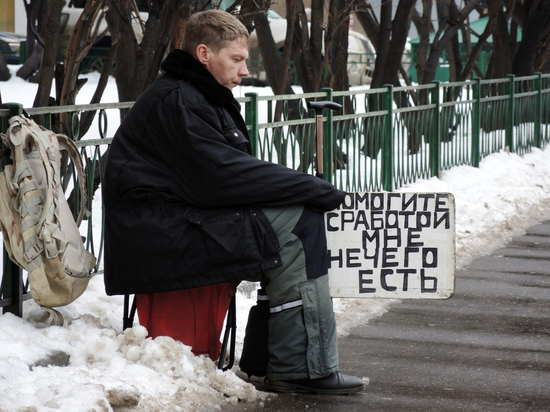Named the size of the gap between the richest Russians and the poorest
[ad_1]

The distribution of incomes of the population was estimated using a new method
Rosstat for the first time resorted to a methodology that, according to officials, allows for a detailed, without distortion, assessment of the monetary income of Russians, primarily from low-income strata. According to the department, now the state will definitely be able to take the most targeted, adequate measures of social support. And here Stanislavsky would probably have exclaimed: “I don’t believe it!”
Rosstat estimated the distribution of income by the so-called decile (10 percent) groups. It turned out that the 10% of the wealthiest citizens account for 30% of the population’s income, which in general amounted to 19.4 trillion rubles in the second quarter. As for the poorest 10%, this category holds only 2% of the total income. Previously, such information was disclosed on an annual rather than quarterly basis, and it was also grouped into 20 percent sectors. Last year, the first group (with the lowest income) had 5.4% of the total income, and the fifth (the most prosperous) – 46.7%.
Roughly speaking, we are talking about another attempt by the state to statistically indicate the level of social stratification, moreover, with an emphasis on people who are below the poverty line, more precisely, the subsistence minimum (PM). Today, the PM is 13.9 thousand rubles, the same amount – the minimum wage (minimum wage). According to the results of the second quarter, Rosstat classified 12.1%, or 17.6 million Russians, as poor – almost every eighth inhabitant of the country. However, no numbers will allow us to open this problem and look inside, like in a tin can. Because the point is not in numbers, but in the specifics of people’s incomes.
For example, information about wealthy citizens is poorly collected all over the world, because they have more tools for accumulating wealth and consciously avoid excessive attention from statistical and tax services. Take at least income from property, income from shares. Well, many low-paid workers live in the gray sector, where accounting does not lend itself to any official accounting and control. According to experts, from 15% to 30% of the wage fund is hidden from statistical observation. The situation with the PM and the minimum wage resembles a distorted mirror, since in Russia millions of people receive salaries and pensions below these values, and no social benefits, allowances or lump-sum cash payments help here.
And it would be more logical to take into account poverty not only in terms of income, but also in terms of necessary expenses. It is believed, for example, that pensioners have the right to purchase medicines (which are not included in the PM) at half price, at a discount. However, many simply cannot do without expensive drugs and paid treatment. But what about the ever-growing obligatory payments (first of all, utility tariffs), the need to repay loans, and pay all sorts of taxes? People manage to maintain the current relatively comfortable standard of living solely at the expense of borrowed funds. And poverty is not even so much a monetary concept as a sense of self, painful and deep. It comes together like a puzzle from a great many circumstances: for example, an apartment that needs to be renovated for a long time, poor health and insufficient education, the absence of any social elevators, the inability to move with the family to another place from a single-industry town where there has been no work for anyone for a long time.
And let’s divide the amount of the subsistence minimum – 13.9 thousand for 30 days: we get daily pocket 463 rubles. For everything – for a communal apartment, travel, clothes, medicines! Is it appropriate to call it poverty? Rather, we can talk about poverty on the brink of survival. This is the cost of one working day of one working person. Earnings, or rather, profit – everything that a person has in excess of the amount of 13.9 thousand.
By the way, representatives of the poorest decile – 10% of the Russian population – receive an average income of 8,865 rubles – this is one and a half times less than the subsistence minimum. And according to Rosstat, almost 15 million Russians live on this amount!
As for social inequality (the Gini index), today it is more pronounced in Russia than in most European countries and China. And in terms of the level of concentration of wealth, our country is among the world leaders. According to Boston Consulting Group experts, less than 0.0001% of the adult population (about 500 super-wealthy citizens) own 40% of all financial assets of the Russian Federation, or $640 billion.
[ad_2]
Source link






